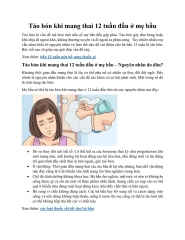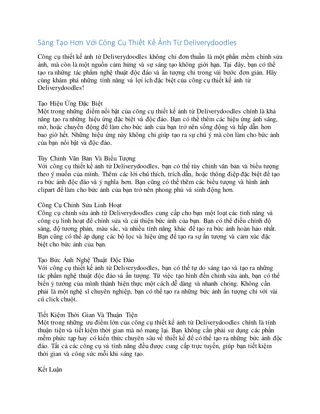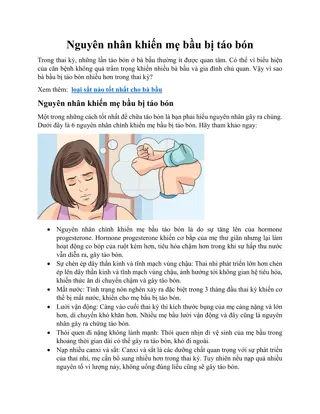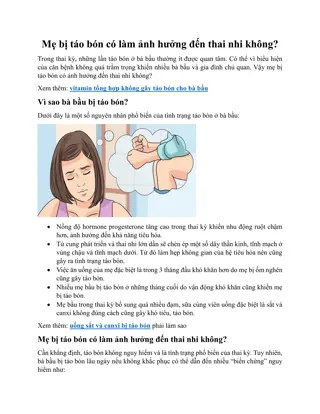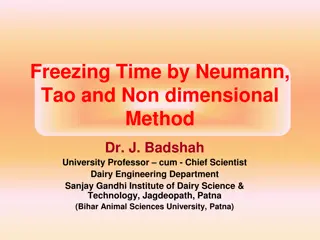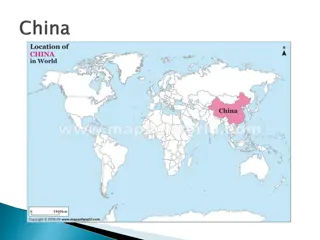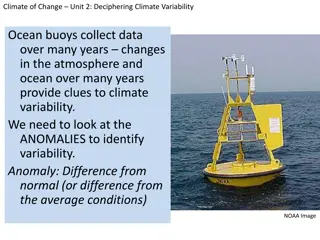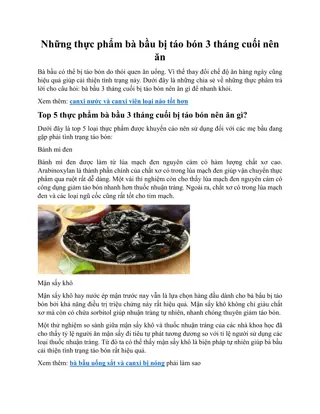
Exploring Polyploid Analysis in Evolutionary Biology
Dive into the fascinating world of polyploidy analysis through Blast and BWA techniques, uncovering the crucial role of whole genome duplication in the evolution of animals, plants, and fungi. Explore examples of alloploid and autoploid species, ideal tree structures for diploid and tetraploid fishes, and gene trees depicting phylogenetic networks in polyploid fishes. Gain insights into the complex evolutionary mechanisms involving incomplete lineage sorting, gene loss, and allopolyploids signals confounded by various factors.
Download Presentation

Please find below an Image/Link to download the presentation.
The content on the website is provided AS IS for your information and personal use only. It may not be sold, licensed, or shared on other websites without obtaining consent from the author. If you encounter any issues during the download, it is possible that the publisher has removed the file from their server.
You are allowed to download the files provided on this website for personal or commercial use, subject to the condition that they are used lawfully. All files are the property of their respective owners.
The content on the website is provided AS IS for your information and personal use only. It may not be sold, licensed, or shared on other websites without obtaining consent from the author.
E N D
Presentation Transcript
Polyploid analysis (Blast, BWA) Tao Zhou & Jingtong Zhou LMSE 2022.1.11
Introduction Introduction Polyploidy, or whole genome duplication, has played an important role in the evolution of animals, plants, and fungi. Most known polyploid fishes are found in three orders: 1) Acipenseriformes 2) Cypriniformes 3) Salmoniformes
alloploid and autoploid alloploid and autoploid example diploid diploid diploid diploid allotetraploid allotetraploid autotetraploid autotetraploid
Ideal trees Ideal trees diploid fishes consensus consensus Species a Species a A1_A2 A1_A2 A1 A1 A2 A2 Species b Species b A1 _A2 A1 _A2 a a b b c c A1_A2 A1_A2 A1 _A2 A1 _A2 A1 _A2 A1 _A2 A1 A1 A2 A2 Species c Species c A1 _A2 A1 _A2
alloploid fishes (tetraploid) alloploid fishes (tetraploid) consensus consensus A1_A2 A1_A2 Species a Species a B1_B2 B1_B2 A1 A1 A2 A2 B1 B1 B2 B2 A1 _A2 A1 _A2 B1 _B2 B1 _B2 Species b Species b a a1 1 a a2 2 c c1 1 b b2 2 c c2 2 b b1 1 A1 A1 A2 A2 B1 B1 B2 B2 Species c Species c A1 _A2 A1 _A2 B1 _B2 B1 _B2 B1 _B2 B1 _B2 B1 _B2 B1 _B2 A1_A2 A1_A2 B1_B2 B1_B2 A1 _A2 A1 _A2 A1 _A2 A1 _A2
alloploid fishes alloploid fishes c)Gene tree inside the branches of the phylogenetic network. d)Gene tree with two copies of the gene in each of the species X, Y, and Z. e) Gene tree inside the branches of the phylogenetic network in the presence of incomplete lineage sorting and gene loss. f) Gene tree where the signal for the allopolyploids is confounded by ILS and gene loss
autoploid fishes (tetraploid) autoploid fishes (tetraploid) consensus consensus A1_A2 A1_A2 Species a Species a A3_A4 A3_A4 A1 A1 A2 A2 A3 A3 A4 A4 A1 _A2 A1 _A2 A3 _A4 A3 _A4 Species b Species b a a1 1 a a2 2 b b1 1 c c1 1 c c2 2 b b2 2 A1 A1 A2 A2 A3 A3 A4 A4 Species c Species c A1 _A2 A1 _A2 A3 _A4 A3 _A4 A1 _A2 A1 _A2 A1_A2 A1_A2 A1 _A2 A1 _A2 A3 _A4 A3 _A4 A3 _A4 A3 _A4 A3_A4 A3_A4
autoploid fishes autoploid fishes which one? A1_A2 A1_A2- -B1_B2 B1_B2 B1 B1 B2 B2 B3 B3 B4 B4 A1_A2 A1_A2- -B3_B4 B3_B4 A3_A4 A3_A4- -B1_B2 B1_B2 A3_A4 A3_A4- -B3_B4 B3_B4 Species a Species a B1 B1 B2 B2 B3 B3 B4 B4 A1 A1 A2 A2 A3 A3 A4 A4 ? Species b Species b a a1 1 a a2 2 b b1 1 c c1 1 c c2 2 b b2 2 B1 B1 B2 B2 B3 B3 B4 B4 A1 A1 A2 A2 A3 A3 A4 A4 Species c Species c A1 _A2 A1 _A2 A1_A2 A1_A2 A1 _A2 A1 _A2 A3 _A4 A3 _A4 A3 _A4 A3 _A4 A3_A4 A3_A4
Anylasis Anylasis materials materials Reference genome (chromosmome level) Known polyploid level (tetraploid, hexaploid, octaploid, etc.) Target loci sequences (target gene capture) Reference() Reference() target target gene loci gene loci diploid(2n) diploid(2n) tetraploid(4n) tetraploid(4n) octaploid octaploid(8n) (8n) dodecaploid dodecaploid(16n) (16n)
Classify target gene loci and reads classify the target gene loci (2n) classify the target gene loci (2n) Reference genome (2n) Reference genome (4n) subgenome2 (2n) subgenome1 (2n) reference genome2 (4n) reference genome1 (4n) bwa, blast single copy loci single copy loci common gene loci reads reads double copy loci single copy loci double loci2 double loci1 reads reads allotetraploid autotetraploid
Scheme of pipeline1 (allotetraploid & autotetraploid Scheme of pipeline1 (allotetraploid & autotetraploid Purposes 1. allocate the target gene loci using references(blast, bwa) 2. allocate the target species reads to loci (blast) zt_pipeline1.py 1-preprocess ( convert fq to fa; merge R1&R2; rmdup) 2-blast (make blastdb, blastn2classify_reads) 3-pickfq (extract reads correspond to each loci)
Shell script of pipeline1 Shell script of pipeline1 #! /bin/bash for fq in fq_file/CL1189 #fasta prefix do /home/software/Python3/bin/python3 ./zt_pipeline1.py -inputfq1 $fq""_R1.fq -inputfq2 $fq""_R2.fq \ # input fastq -out_folder zt_pipeline1-result \ # folder name of output -rf ../reference/single-double_loci-Acipenser_ruthenus.fa \ # database_prefix -db common \ # reference file -evalue 0.001 \ # e value -bf $(basename $fq)-blast.out \ # blastn result -inputfa1 ../reference/common-single_loci-Acipenser_ruthenus.fa \ # genome-1 -inputfa2 ../reference/common-double_loci-Acipenser_ruthenus.fa \ # genome-2 -g1_folder single-loci \ # fastq aligned to genome-1 -g2_folder double-loci # fastq aligned to genome-2 done exit 0
Scheme of pipeline2(autotetraploid) Scheme of pipeline2(autotetraploid) zt_pipeline2.py 1-Assemble reads correspond to each loci to contigs 2-Score the contigs, remove paralogs, reserve the best contig
Shell script of pipeline2 Shell script of pipeline2 #! /bin/bash for sp in sinensis sinensis2 dabryanus #fasta prefix do /home/software/Python3/bin/python3 ./zt_pipeline2.py -out_folder $sp/zt_pipeline-result \ -species $sp \ -db1 single \ -db2 double \ -evalue 0.001 \ -rf1 reference/common-single_loci-Acipenser_ruthenus.fa \ -rf2 reference/common-double_loci-Acipenser_ruthenus.fa \ -g1_folder single-loci \ -g2_folder double-loci done exit 0
Scheme of pipeline3(autotetraploid) Scheme of pipeline3(autotetraploid) zt_pipeline3.py 1-combine best contig correspond to each loci(different species) 2-multiple alignment (mafft align) 3-call consensus (different species to one consensus)
Shell script of pipeline3 Shell script of pipeline3 #! /bin/bash /home/software/Python3/bin/python3 ./zt_pipeline3.py \ -in_folder zt_pipeline-result \ -out_folder ./consensus \ -ss albus/:albus2/:platorynchus/:suttkusi/ \ -g1_folder single-loci \ -g2_folder double-loci exit 0
Further process Further process 1.Call snp of each loci (bwa+samtools+bcftools) a)snp density vcf2circlize.R b)PCA vcf2pca.R
2.Reconstruct the phylogenetic tree ? a a b b c c a a b b a a b b c c c c A1_A2 A1_A2 A1 _A2 A1 _A2 A1 _A2 A1 _A2 A1_A2 A1_A2 A1 _A2 A1 _A2 B1 _B2 B1 _B2 A1 _A2 A1 _A2 B1_B2, B1_B2, B3_B4, B3_B4, B1 _B2 B1 _B2 B3 _B4 B3 _B4 B1_B2, B1_B2, B3_B4, B3_B4, B1 _B2 B1 _B2 B3 _B4 B3 _B4 B3 _B4 B3 _B4 B1 _B2 B1 _B2 B3 _B4 B3 _B4 Single copy loci Single copy loci+ double copy loci double copy loci


